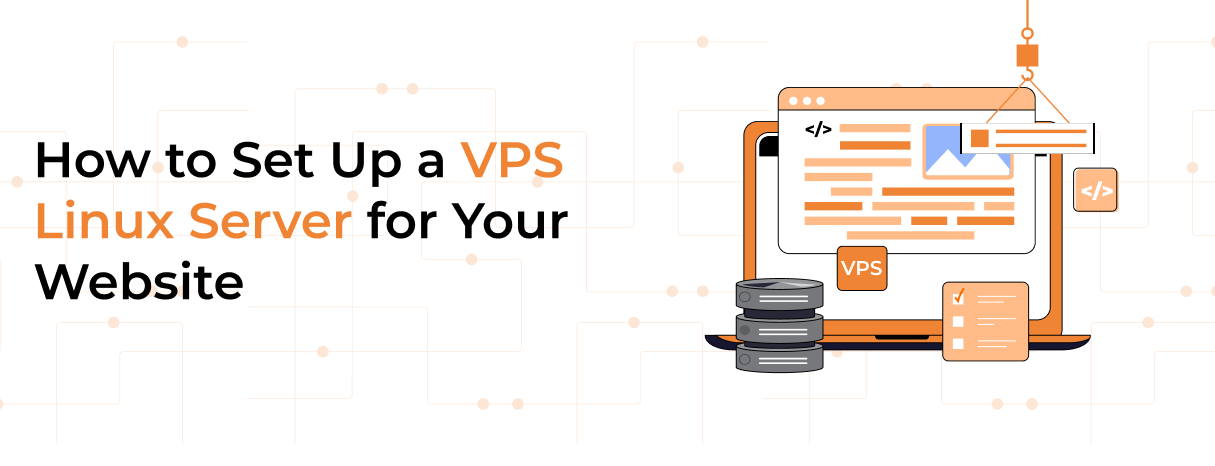Containerization has transformed application development, deployment, and management, ensuring consistency across diverse environments. By bundling applications and dependencies into a single container, it guarantees uniform behavior regardless of deployment location. Its significance in modern computing is immense, addressing the perennial “it works on my machine” problem by establishing a portable and consistent runtime environment.
This uniformity fosters developer collaboration, streamlines deployments, and enhances application management efficiency. Containerization has become indispensable for developers and system administrators, especially with the ascent of cloud computing and microservices architecture. It resolves the persistent challenge of “it works on my machine” by establishing a portable and uniform runtime environment. This consistency fosters collaboration among developers, simplifies deployment procedures, and enhances the efficiency of application management. As cloud computing and microservices architecture expand, containerization remains pivotal, offering crucial solutions for modern IT infrastructure and operational practices
Table of Contents
What is Containerization?
A containerization is a lightweight form of virtualization that packages an application and its dependencies into a container. Unlike traditional virtual machines, containers share the host OS’s kernel but run in isolated user spaces. This isolation ensures that containers are portable and can run consistently across various environments. Containers encapsulate all necessary elements for an application to run, such as code, runtime, system tools, libraries, and settings. This self-contained feature eliminates conflicts between environments, simplifying application development, testing, and deployment.
Comparing Traditional Virtualization with Containerization
The main distinction between containers and virtual machines lies in their architecture. Virtual machines contain a complete operating system and a hypervisor to manage multiple VMs on a single hardware platform. In contrast, containers share the host OS kernel and operate as isolated processes, making them more lightweight and efficient. This efficiency results in quicker startup times, reduced resource consumption, and enhanced scalability.
An alternative to containerization is traditional virtualization, where multiple virtual machines (VMs) are created on a single physical server. Each VM runs its own operating system, which can be resource-intensive and slow to start. While VMs offer strong isolation and are suitable for running various operating systems on the same hardware, they lack the agility and efficiency of containers.
This is a complex topic, but fortunately, we have a detailed article on it. It’s part of our Cloud Explained Series, so be sure to check out our Containers vs. Virtual Machines article.
Containerization and Microservices
In the context of microservices architecture, containerization is significant. Microservices entail dividing an application into smaller, independently deployable services that interact. Containers are well-suited to microservices as they offer isolated and consistent environments for each service. This isolation aids in managing dependencies, improving security, and streamlining deployment processes, enabling developers to update and scale services independently without impacting the entire application.
Containerization Workflow Explained
Containerization is a potent technology involving various stages to guarantee efficient deployment and management of applications. Grasping the container lifecycle is crucial for effectively utilizing this technology.
Container Lifecycle: Create, Deploy, Run, Manage
The container lifecycle consists of four key stages: create, deploy, run, and manage.
Create: This marks the beginning phase where a container image is constructed. It includes the application code, runtime, libraries, and dependencies. Developers commonly utilize Dockerfiles, which are scripts with instructions, to automate Docker image creation.
Deploy: Once the container image is created, it gets stored in a container registry like Docker Hub or a private registry. Deployment includes fetching the container image from the registry and running it in the target environment. CI/CD pipelines can automate deployment for consistency and efficiency.
Run: During this phase, a runtime environment runs the containerized application. Docker Engine or other container runtimes such as containerd manage container execution. This phase involves initiating the container, running the application, and ensuring expected performance.
Manage: Container management includes monitoring, scaling, and updating containerized applications. Orchestration tools like Kubernetes handle container lifecycle management at scale, ensuring high availability, load balancing, and efficient resource usage.
Benefits of Containerization
Containerization offers various advantages that make it a preferred option for modern application development and deployment. Below are some key benefits:
Efficiency and Resource Optimization
Containers are lightweight and utilize fewer resources compared to traditional virtual machines. By sharing the host operating system’s kernel, containers require less overhead, leading to enhanced performance and efficient resource utilization. This efficiency enables the operation of multiple containers on a single host without significant performance degradation.
Portability and Scalability
Portability is a significant advantage of containerization. Containers encapsulate all required components of an application, including dependencies and configuration settings, ensuring consistent application performance across various environments. This portability streamlines the movement of applications between development, testing, and production environments, as well as across diverse cloud platforms.
Containers also improve scalability. Orchestration tools like Kubernetes facilitate automatic scaling of containerized applications based on demand. This capability allows for dynamic deployment or removal of additional containers to manage fluctuating workloads, ensuring optimal performance and cost-efficiency.
Enhanced Security
Containerization enhances security by isolating applications in their individual containers. This isolation ensures that security vulnerabilities in one container do not impact others running on the same host.
Furthermore, containerization supports the implementation of security best practices, such as least privilege, by restricting container permissions to only essential functionalities for application operation. Tools and frameworks for container security, like Docker Security Scanning and Kubernetes security policies, contribute to maintaining a secure container environment.
Conclusion
Containerization has transformed app development and deployment by bundling apps and dependencies into portable units, ensuring consistent performance across various environments. Understanding the container lifecycle is vital, with tools like Docker and Kubernetes streamlining workflows for automated, scalable, and secure deployment. Containerization is crucial for driving innovation, enhancing IT infrastructure, and boosting deployment agility.




















